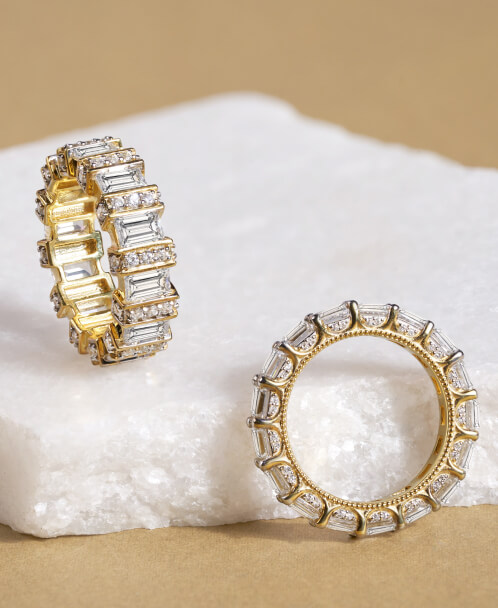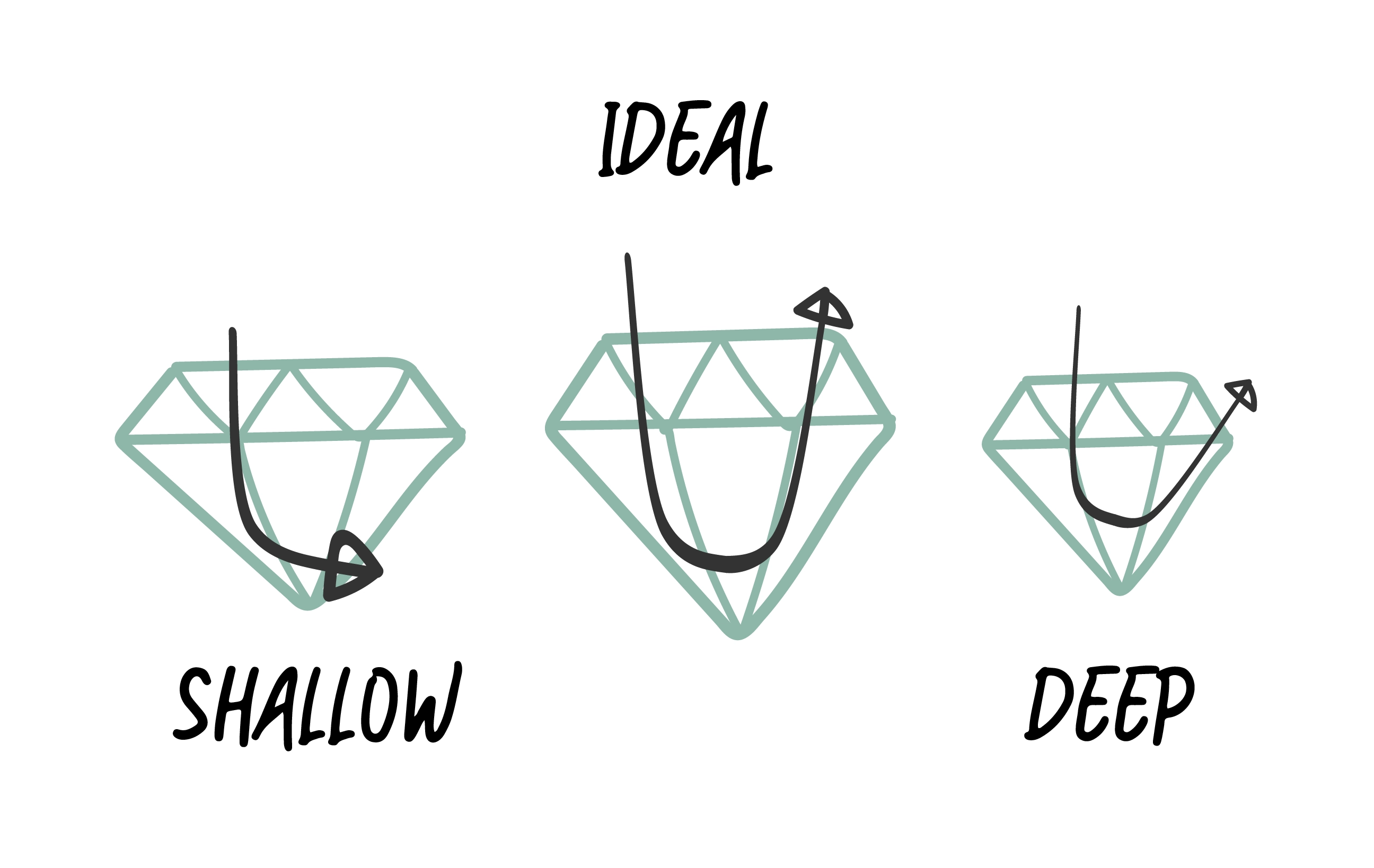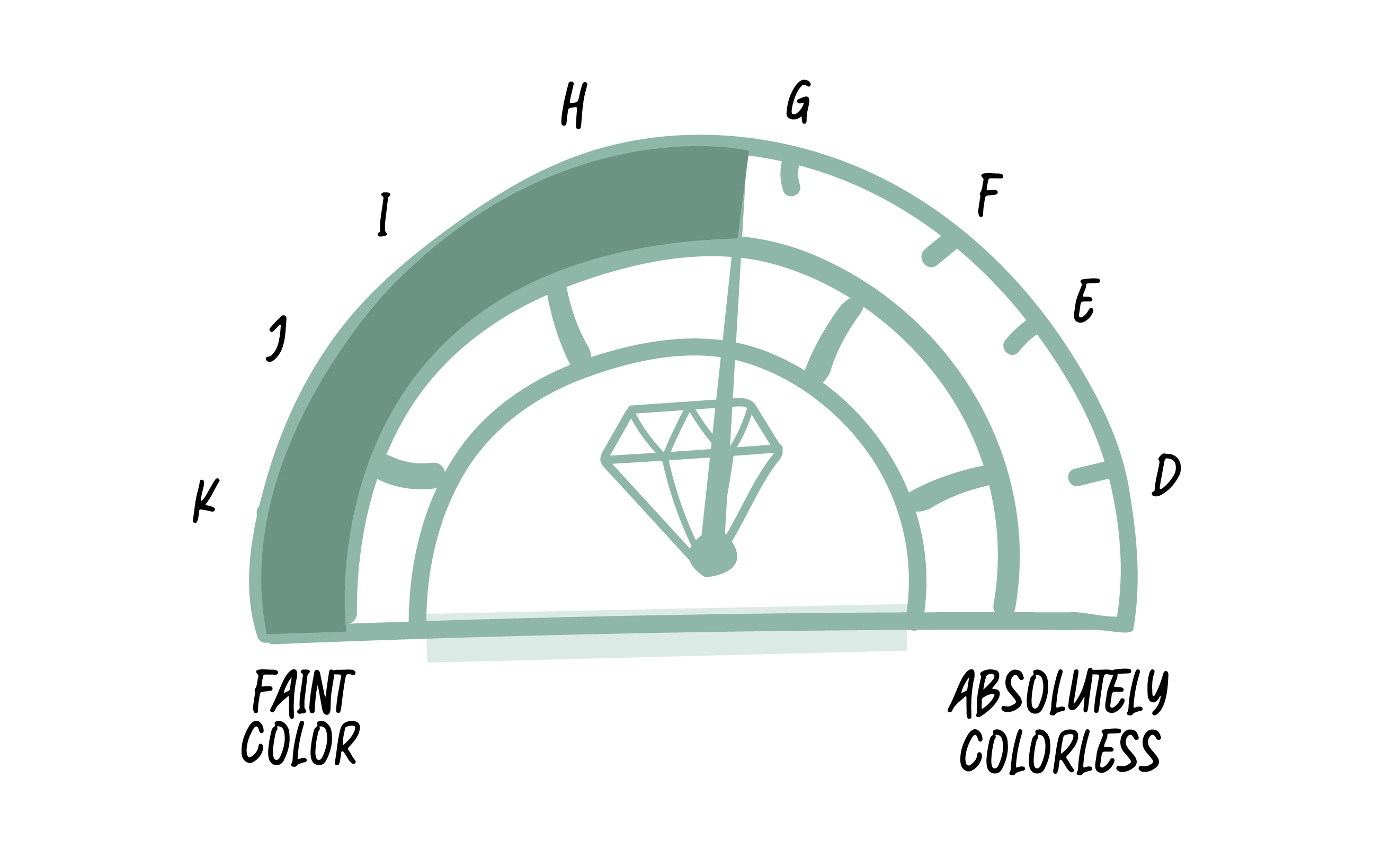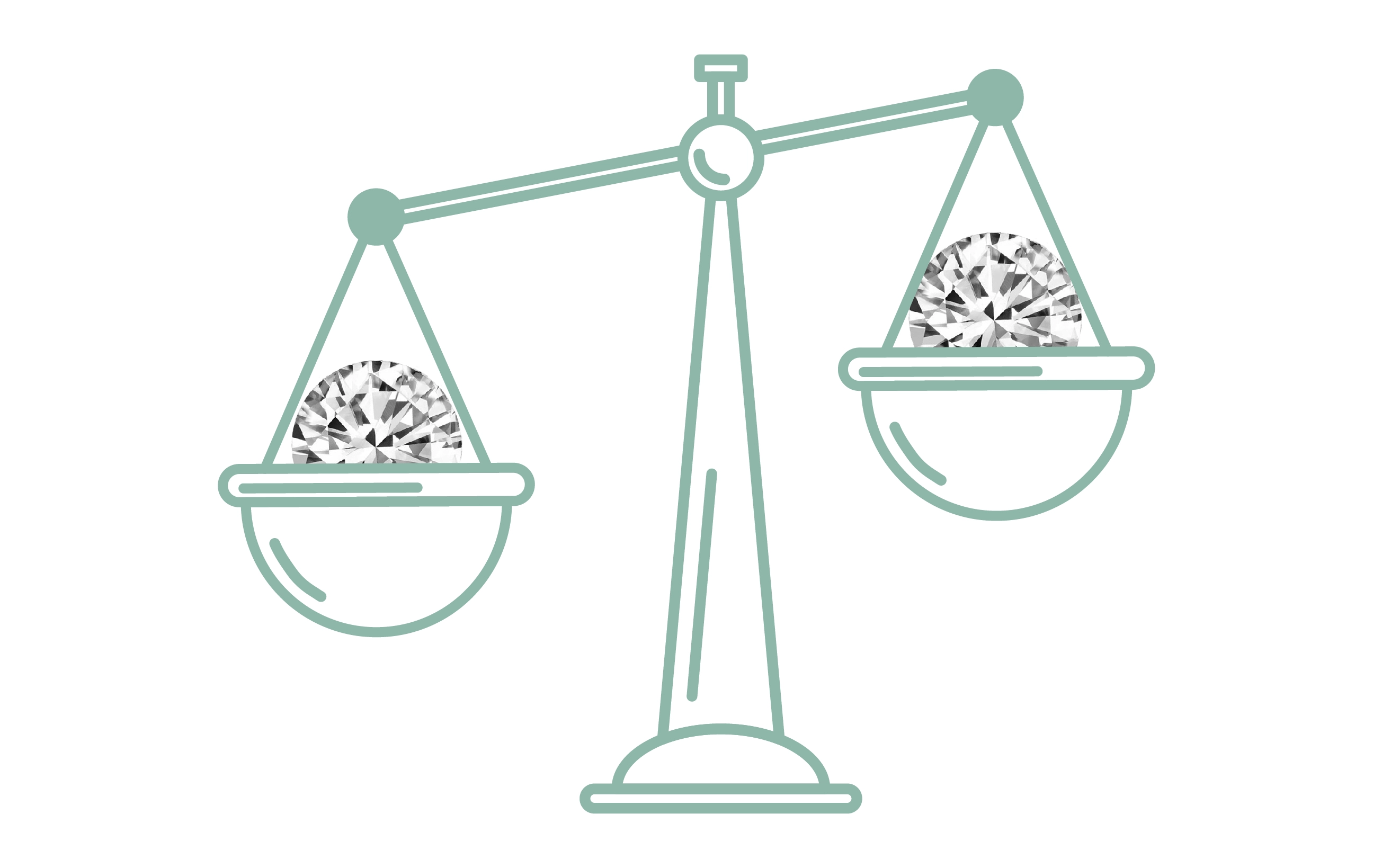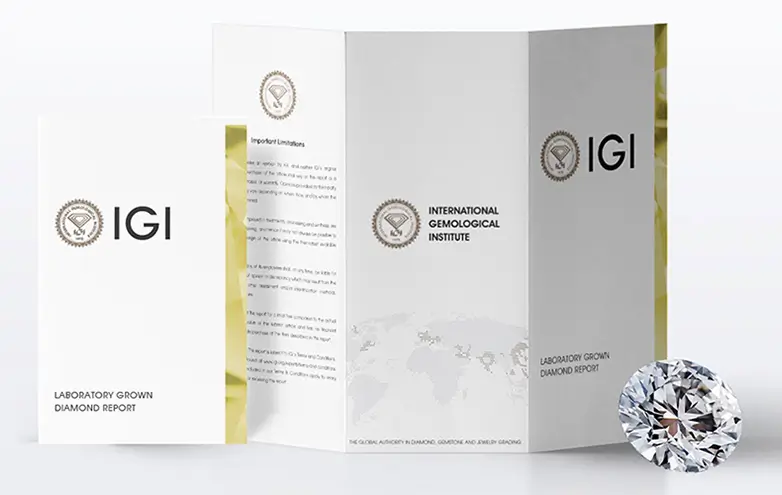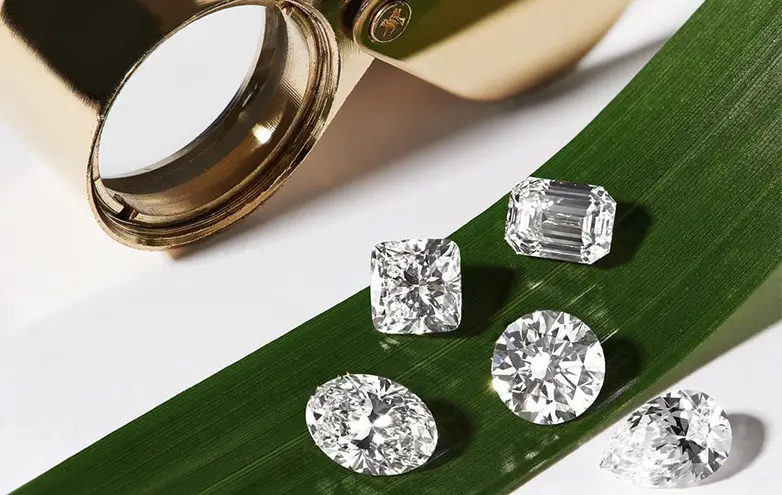friendly diamonds
USD
- Engagement RingsEngagement Rings
Create your own
pre-designed engagement rings
Ready to Ship Engagement Rings
Shop by style
Shop by metal
Customer Created Inspirations
find your perfect Engagement ring - take our Quiz
- lab diamondslab diamonds
Popular Searches
Create Your Own
Services & Values
Diamond Education
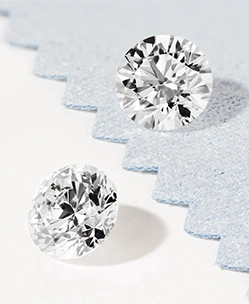
find your perfect Diamond - take our Quiz
- Back
